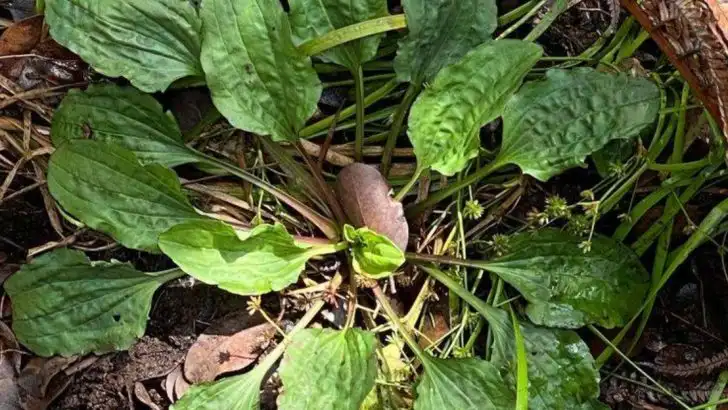Not all weeds are bad news. In fact, some of the most common plants you’ve been pulling from your garden could be adding nutrition and flavor to your meals. On the flip side, others spread aggressively and silently choke out your favorite flowers and vegetables.
Learning the difference can save you time—and transform how you manage your garden. With a little knowledge, you can turn overlooked “weeds” into a valuable harvest, while making sure the truly invasive ones don’t take hold.
In this article, discover 9 edible weeds you should start growing + 7 invasive ones you must remove fast—and take control of your garden in a smarter, more sustainable way.
Dandelion
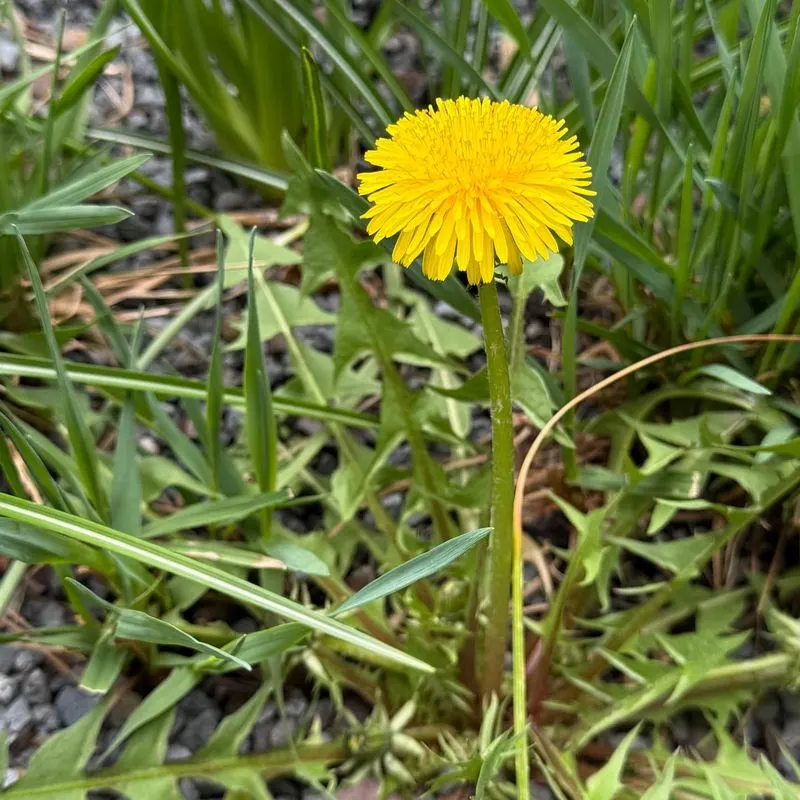
Ever wondered why the dandelion gets such a bad rap? Despite being seen as a lawn nuisance, this plant is a powerhouse of nutrients. Its bright yellow flowers and jagged leaves aren’t just pretty; they’re packed with vitamins A, C, and K. Use the leaves in salads for a bitter, earthy flavor that pairs well with vinaigrette. The flowers can also be turned into a sweet syrup or wine, offering versatility in the kitchen. Ancient civilizations were fans long before us, appreciating its medicinal qualities. This hardy plant adapts easily, making it a reliable addition to your garden.
Purslane
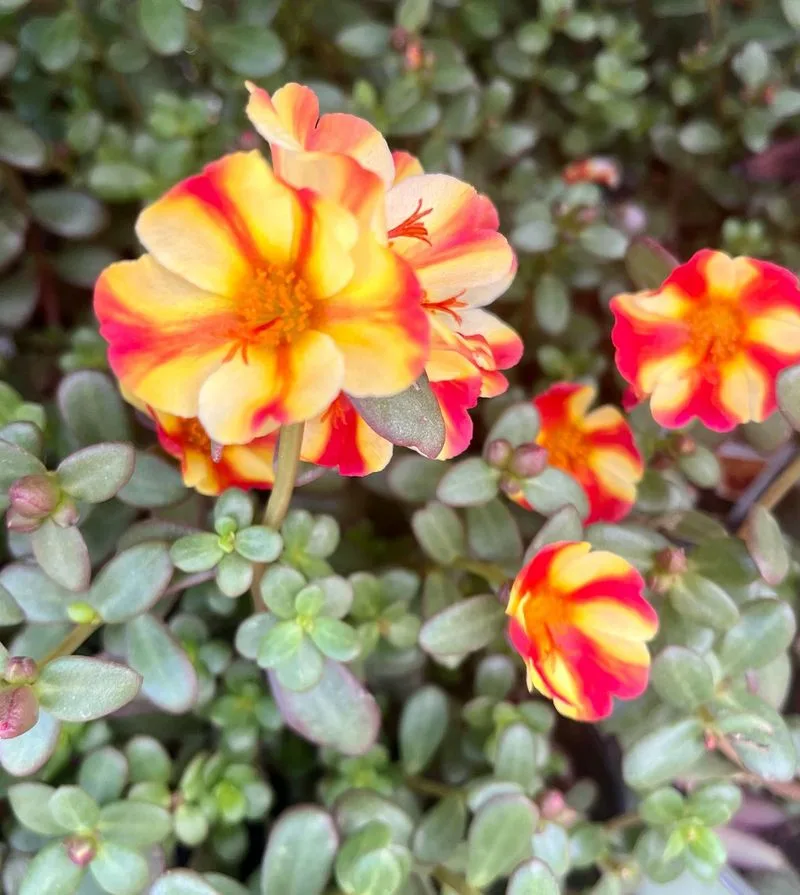
Purslane might just be the most nutritious weed you’ve never heard of. This succulent is rich in Omega-3 fatty acids, making it a unique plant-based source of this essential nutrient. With a slightly sour, lemony flavor, it adds a refreshing crunch to salads and soups. Known as a survival plant, purslane thrives in poor soil and harsh conditions. Gardeners have found it growing in unexpected places, like between sidewalk cracks. Its bright green leaves and small yellow flowers can be a vibrant addition to both your dishes and your garden aesthetics.
Lamb’s Quarters
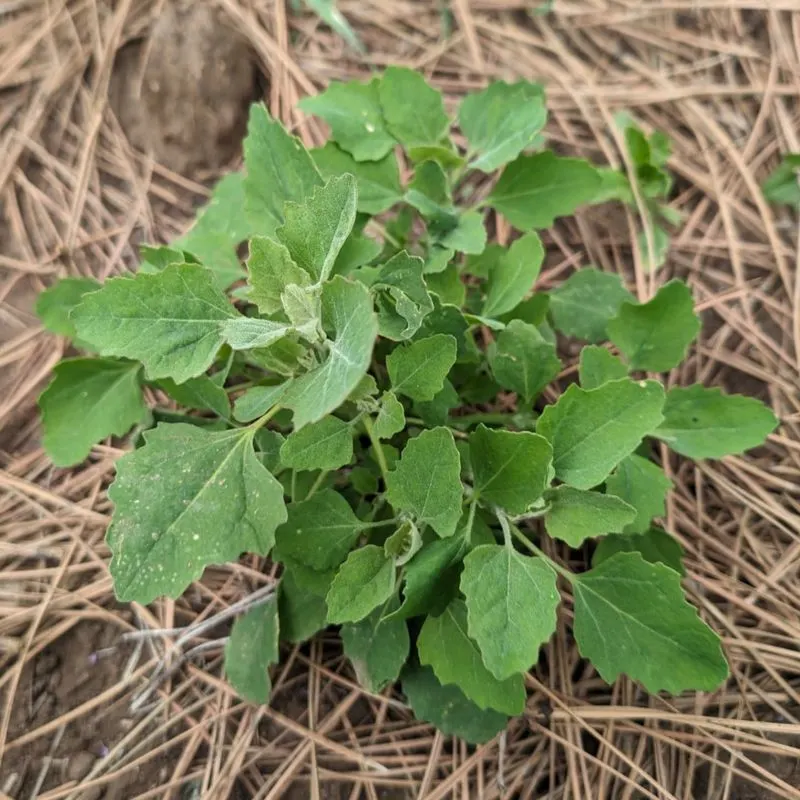
Lamb’s quarters might look unassuming, but this is one of nature’s hidden gems. Often found in neglected corners, it’s a cousin to spinach and can be used similarly. The leaves are dense in nutrition, offering a good dose of vitamin C and calcium. They have a mild taste, which makes them versatile in the kitchen, whether sautéed or used raw in salads. Historically, it was a staple in Native American diets. If you spot this silvery-green plant, consider it a lucky find rather than an intruder, and try incorporating it into your next meal.
Chickweed

Chickweed is often seen as just another weed, but beneath its delicate white flowers lies a culinary delight. This plant boasts a mild, almost sweet flavor, adding a pleasant note to salads. Found in abundance, it’s rich in vitamins and minerals. Interesting to note that in traditional medicine, chickweed was used to soothe skin irritations. This hardy plant can thrive in cooler seasons, making it a valuable addition to any garden. Look for its star-like flowers and lush leaves, and you might find yourself viewing this weed in a whole new light.
Nettle
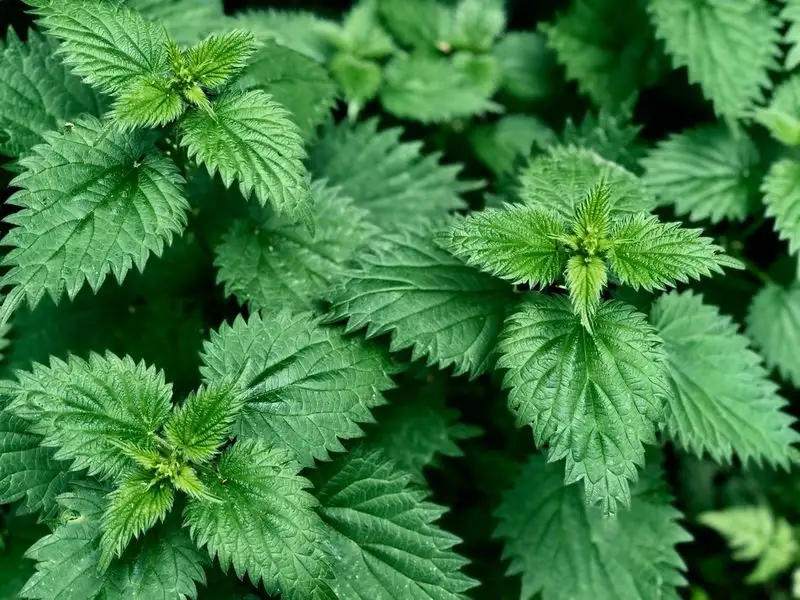
Nettle, often avoided due to its sting, is a treasure trove of nutrition. Rich in iron and calcium, it’s been used in teas and soups for centuries. Cooking or drying removes the sting, revealing a deep, spinach-like flavor. Historically, it was used to make fabric and as a herbal remedy. Once a staple in European kitchens, nettle is regaining popularity among modern cooks. It’s a resilient plant, often found in woodlands. Approach with care, and you might discover a newfound appreciation for this prickly yet rewarding plant.
Plantain
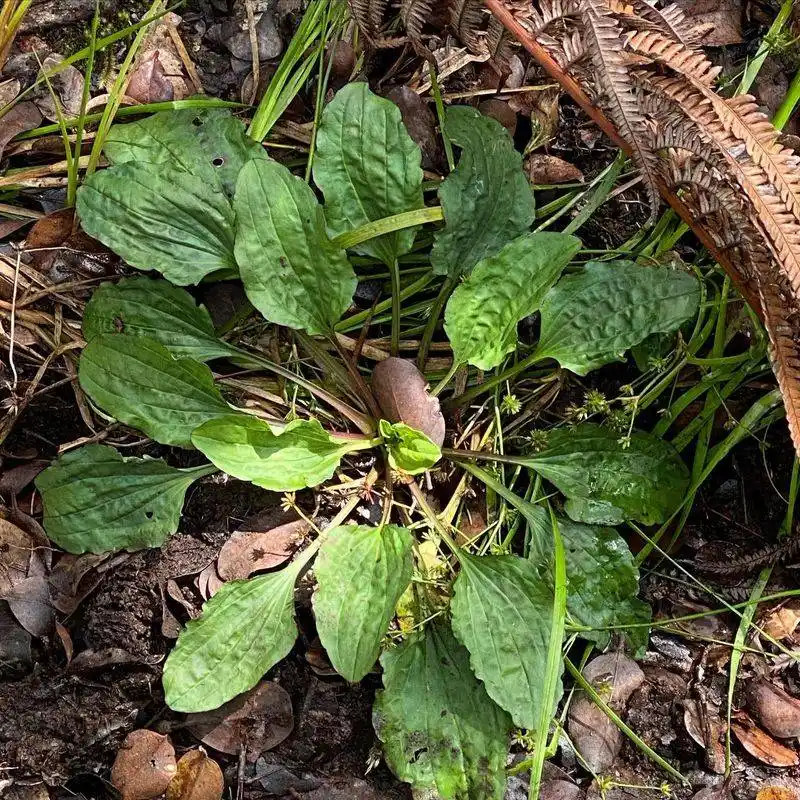
Not to be confused with the banana-like fruit, plantain is a common garden weed with healing properties. Its broad leaves have been used in herbal medicine for centuries, treating bites and burns. In the kitchen, plantain leaves are edible raw or cooked, offering a slightly bitter taste. The seeds are also edible, often ground into flour. This unassuming weed is a versatile forager’s delight. Often overlooked, plantain is a resilient plant that can spring up in the most unlikely places, reminding us of nature’s resourcefulness.
Clover
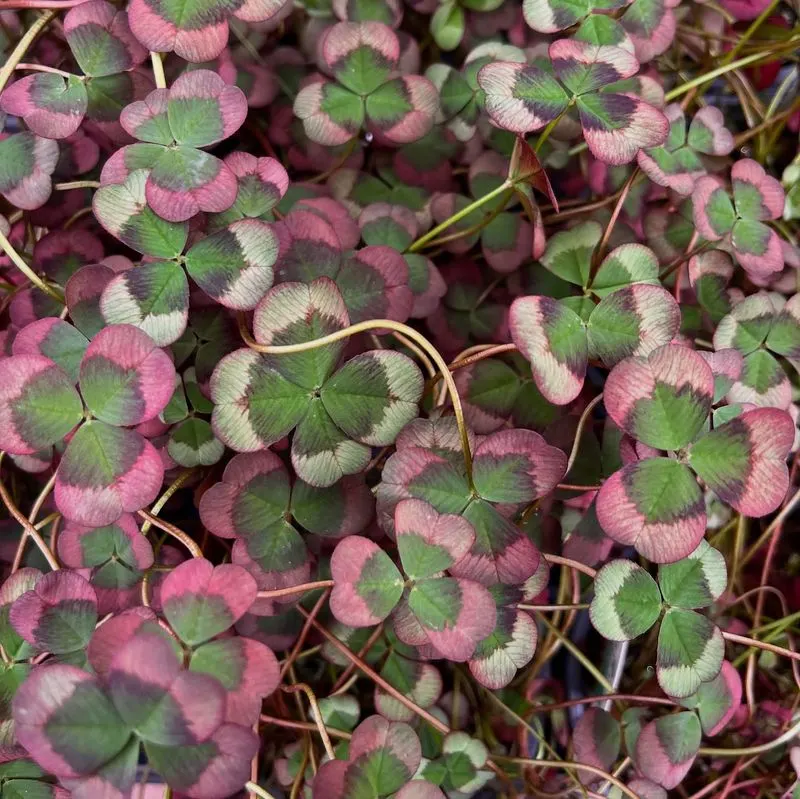
Clover might remind some of backyard picnics or St. Patrick’s Day festivities, but it also belongs in the kitchen. Red and white clover flowers are sweet and can be steeped into teas or added to salads for a splash of color. The plant is rich in protein and makes an excellent addition to soups. Clover thrives in a variety of soils, often seen as a symbol of good luck. For those willing to look beyond its ornamental value, clover can be a delightful culinary surprise, adding both flavor and nutrition to your meals.
Shepherd’s Purse
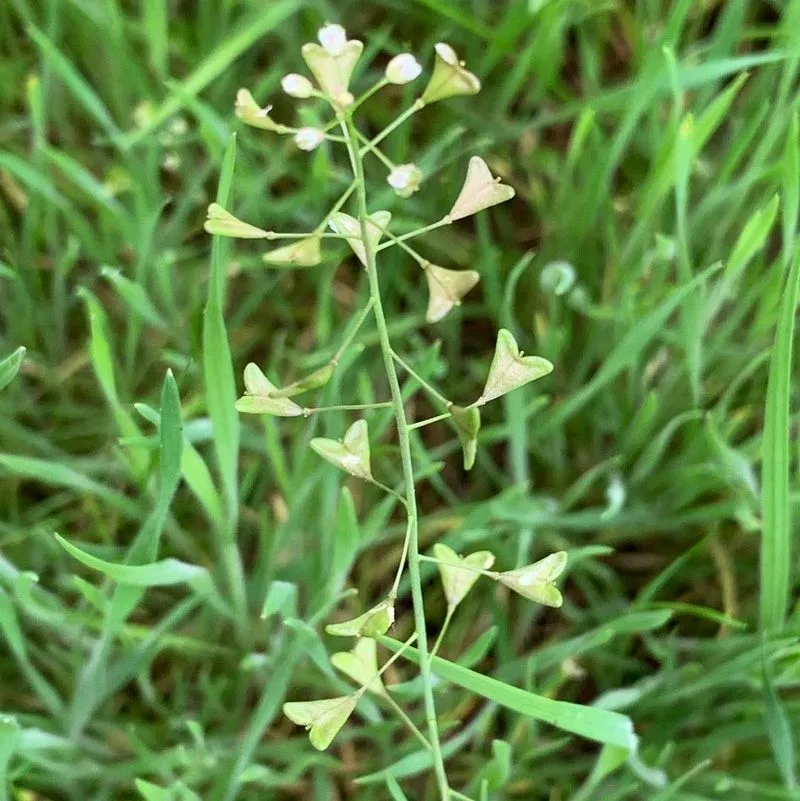
Shepherd’s Purse is more than just a pretty plant with heart-shaped pods; it’s a culinary and medicinal marvel. Known for its peppery flavor, it can spice up salads and stir-fries. This little herb has been used in folk medicine to treat wounds. Its ability to grow in poor soil conditions makes it a resilient addition to your garden. Historically, it has been a resource for herbal remedies and adds a unique twist to dishes. If you come across its tiny white flowers, consider it a chance to add an adventurous touch to your plate.
Wild Garlic
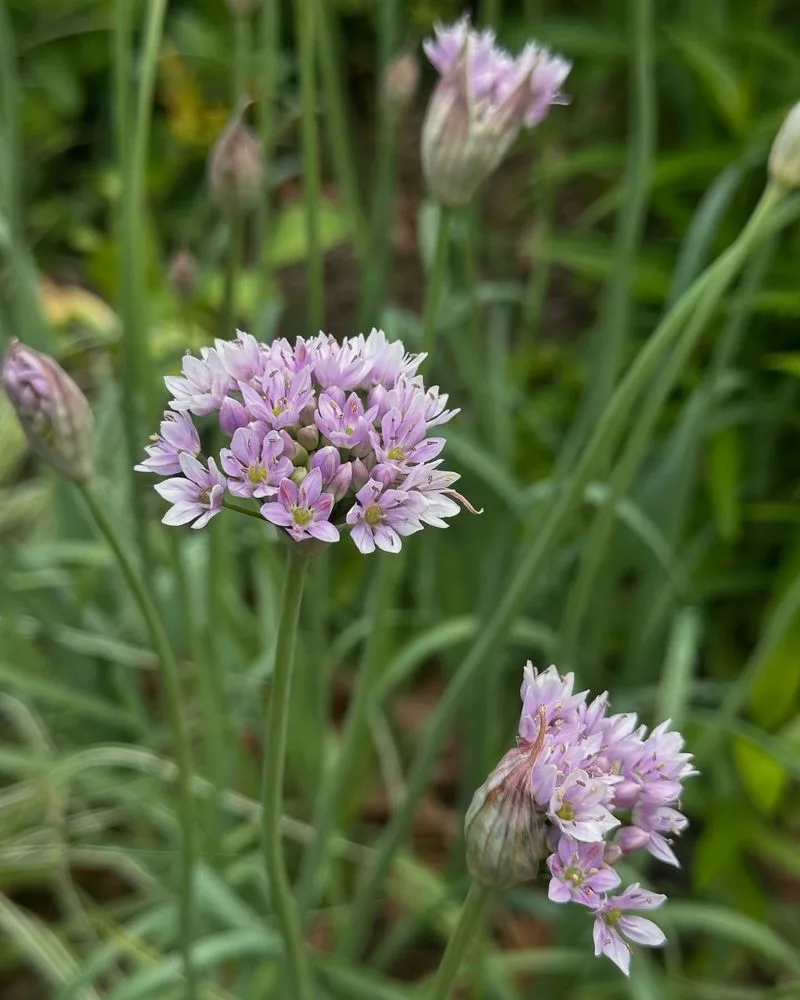
Wild garlic is a forager’s dream, offering a taste of the wild with its fresh, garlicky flavor. Found in woodlands, its broad leaves and white flowers are both edible. The leaves can be used in pestos, soups, and salads, providing a milder taste than cultivated garlic. This plant has a long history of use in traditional dishes across Europe. Known for its antibacterial properties, wild garlic is not only flavorful but also beneficial to health. Its presence in the wild is a sign of spring, adding a burst of green to the forest floor.
Kudzu
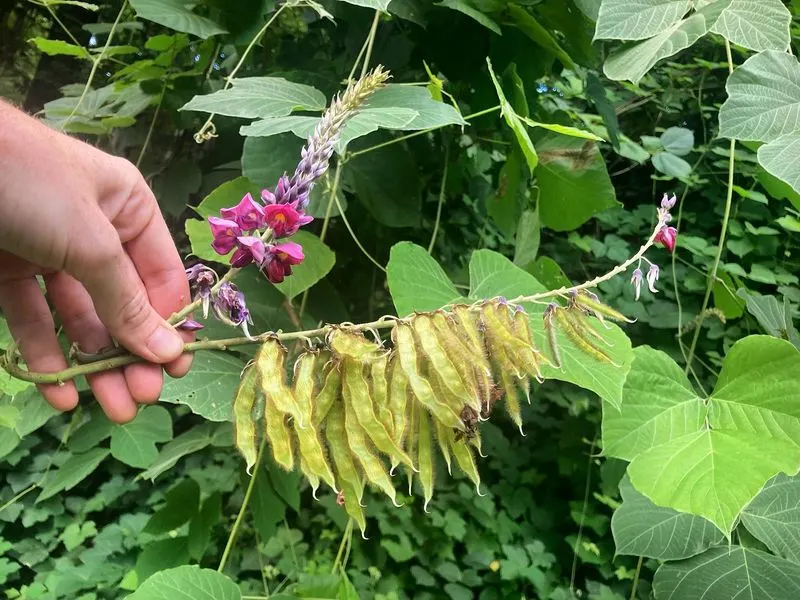
Taking over landscapes with its aggressive growth, kudzu is known as the “vine that ate the South.” Originating from Asia, it was introduced to control erosion but quickly became a problem. Its rapid spread chokes out native plants, making it an invasive menace. Despite this, kudzu is edible; its roots, leaves, and flowers can be used in cooking. In regions heavily infested, it’s crucial to manage its growth to protect local ecosystems. The vine is a reminder of how quickly an introduced species can escape control and dominate an area.
Japanese Knotweed
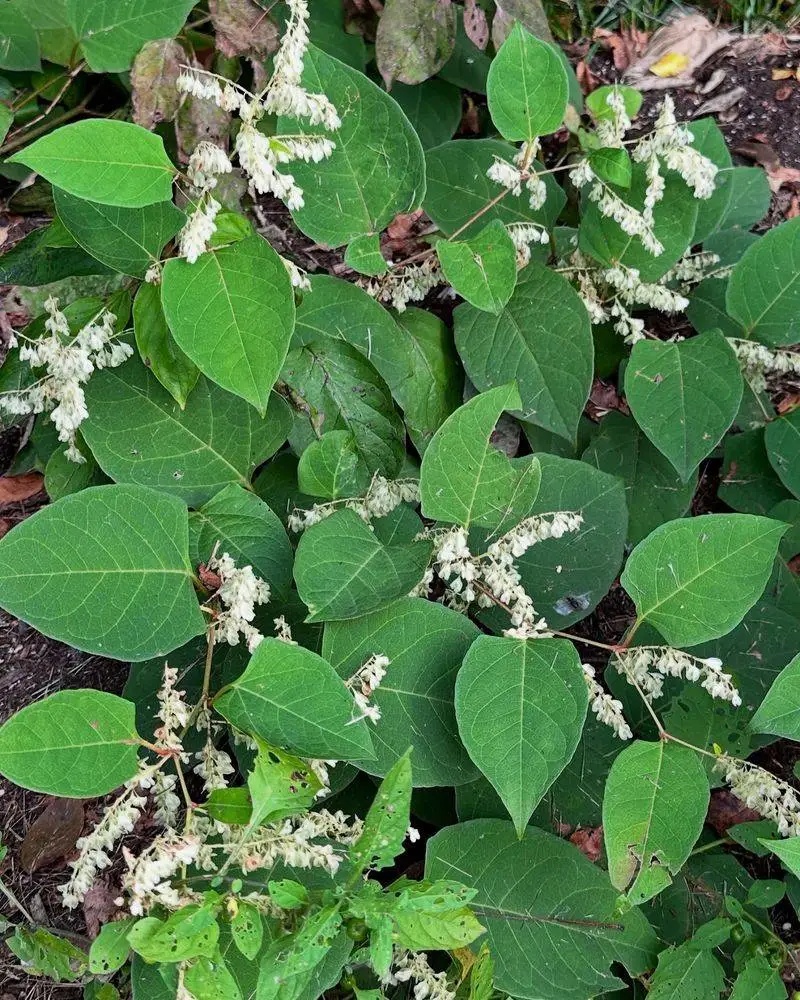
Japanese knotweed is a formidable adversary for gardeners and homeowners alike. This bamboo-like plant is invasive, damaging foundations and suffocating local vegetation. Originating from Asia, it was introduced as an ornamental plant but quickly became problematic. While challenging to remove, its young shoots are edible when cooked, tasting similar to rhubarb. Controlling its growth is essential to prevent structural damage and preserve native biodiversity. This plant serves as a stark reminder of the impact of introducing non-native species to new environments.
Purple Loosestrife

Purple loosestrife might paint a pretty picture with its vibrant spikes of purple flowers, but it’s a wolf in sheep’s clothing. This invasive species can overrun wetlands, outcompeting native plants and disrupting ecosystems. Originally from Europe and Asia, it was introduced as an ornamental plant. Despite its beauty, it’s essential to control its spread to protect natural habitats. This plant highlights the delicate balance of ecosystems and how an attractive plant can become a threat. Management efforts focus on removing it to preserve biodiversity in affected areas.
Giant Hogweed
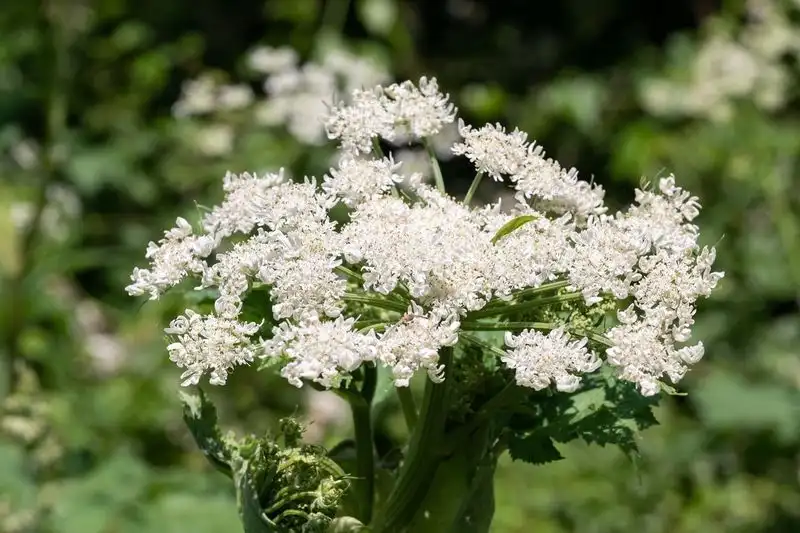
Giant hogweed is not just big; it’s dangerous. This massive plant can cause severe skin irritation upon contact, making it a hazard in gardens and public spaces. Originally from the Caucasus region, it was introduced as an ornamental. Its sap can cause burns and blisters, requiring caution when handling. Despite its imposing appearance, it underscores the importance of identifying and removing invasive species. If spotted, it’s best to call in professionals for removal to ensure safety. This giant serves as a cautionary tale of how beauty can conceal danger.
Water Hyacinth
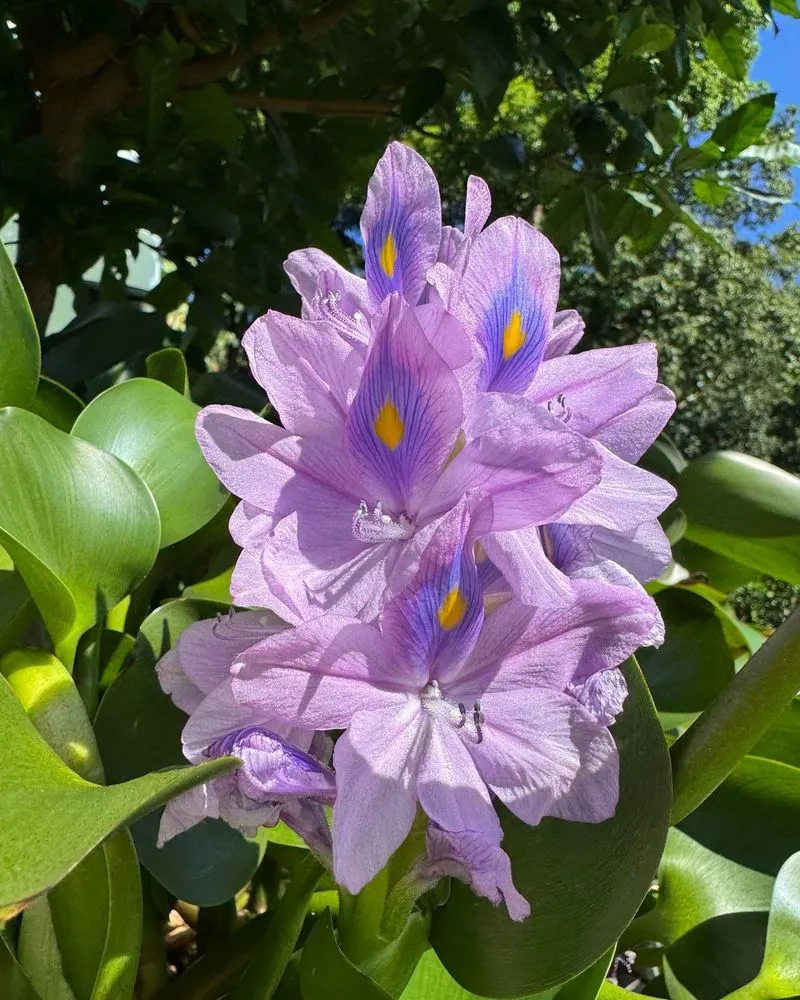
Water hyacinth is a floating beauty with a troubling nature. Its striking purple flowers and large leaves can blanket water bodies, starving aquatic life of oxygen and sunlight. Originating from South America, it’s considered one of the world’s worst aquatic weeds. While beautiful, its rapid growth clogs waterways, impacting ecosystems and human activities. Effective management is key to restoring affected areas and ensuring the health of aquatic environments. This plant illustrates the challenges of balancing beauty and environmental responsibility in garden and landscape management.
English Ivy
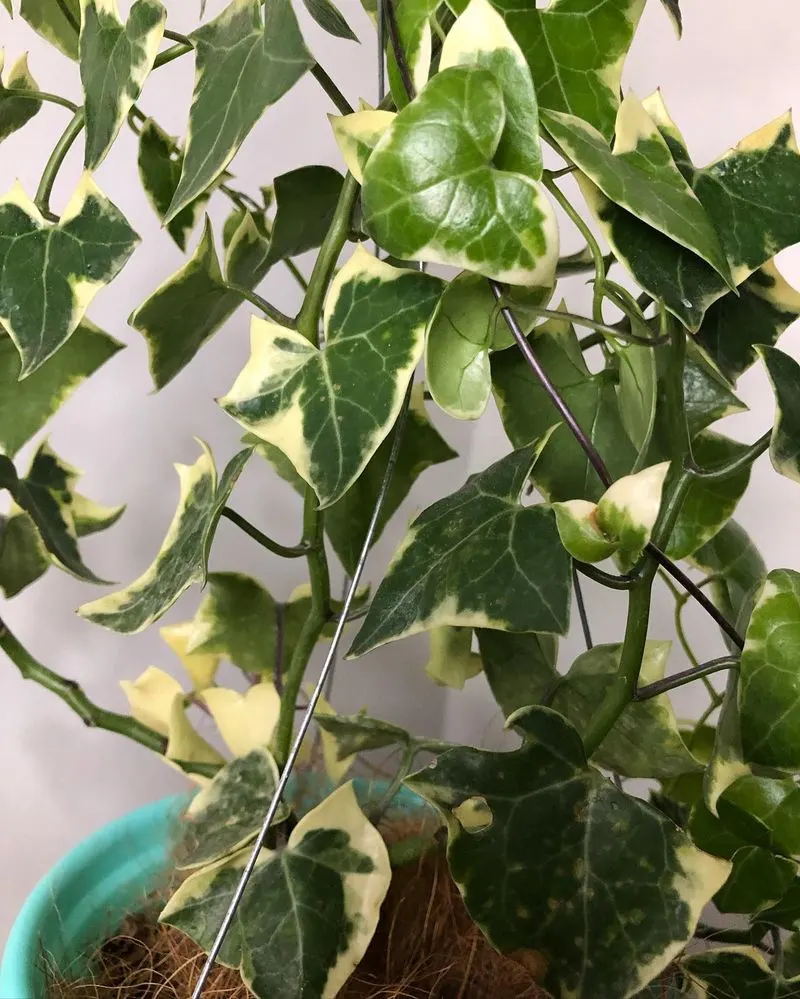
English ivy is often admired for its classic charm, often seen adorning old buildings and garden walls. However, its aggressive growth can damage structures and outcompete native plants. Originally from Europe, it’s become a popular choice for ground cover. Regular pruning is necessary to prevent it from becoming invasive. Although beautiful, unchecked growth can lead to problems, making it essential to monitor its spread. English ivy serves as a reminder of the fine line between ornamental beauty and ecological disruption, requiring mindful cultivation and care.
Bamboo
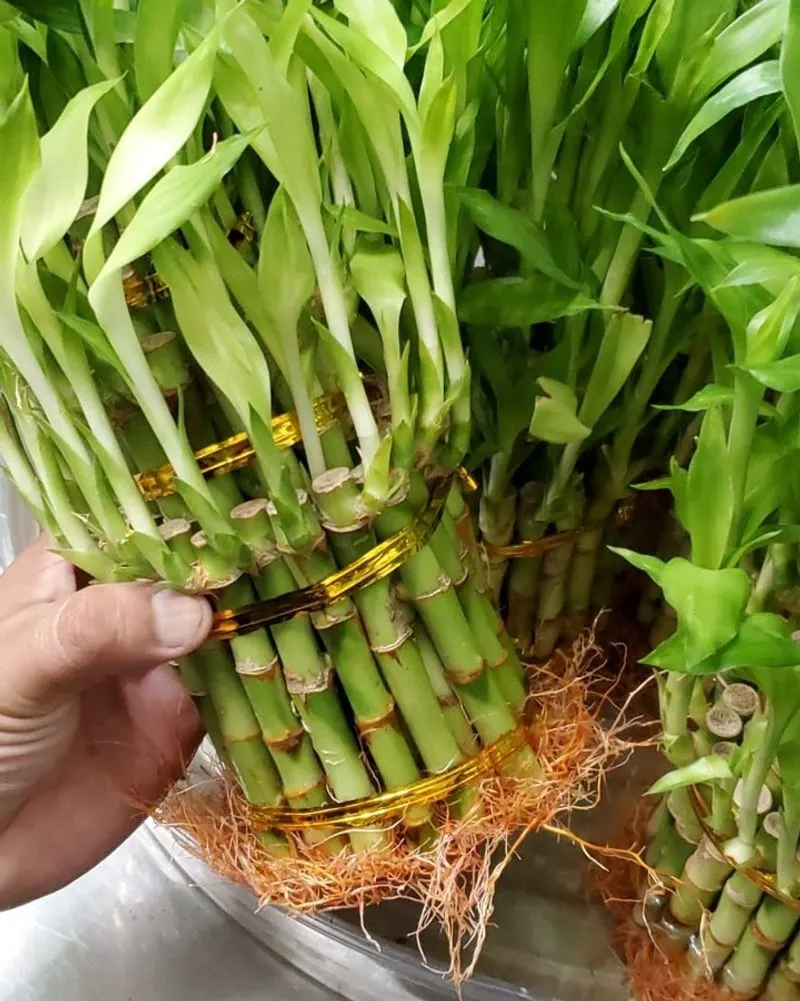
Bamboo is synonymous with tranquility and resilience, often associated with Asian landscapes and cultures. Yet, certain species can become invasive, overtaking gardens and natural areas. Its rapid growth and spreading roots can be difficult to control, requiring dedicated management. While its aesthetic appeal and utility in construction and crafts are undeniable, awareness is key to preventing unwanted spread. Bamboo’s dual nature as both a resource and a potential invader highlights the importance of choosing the right species for cultivation, ensuring harmony with local environments.

